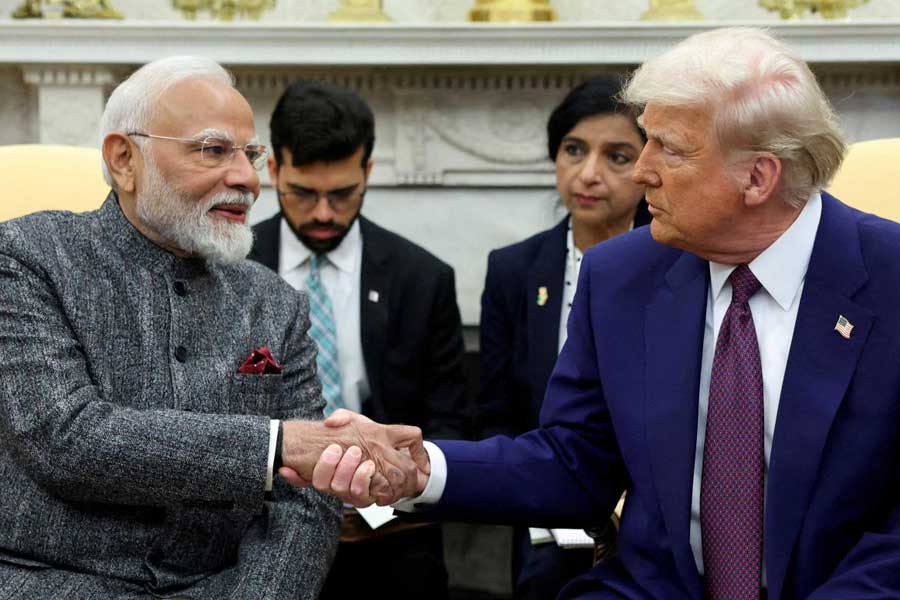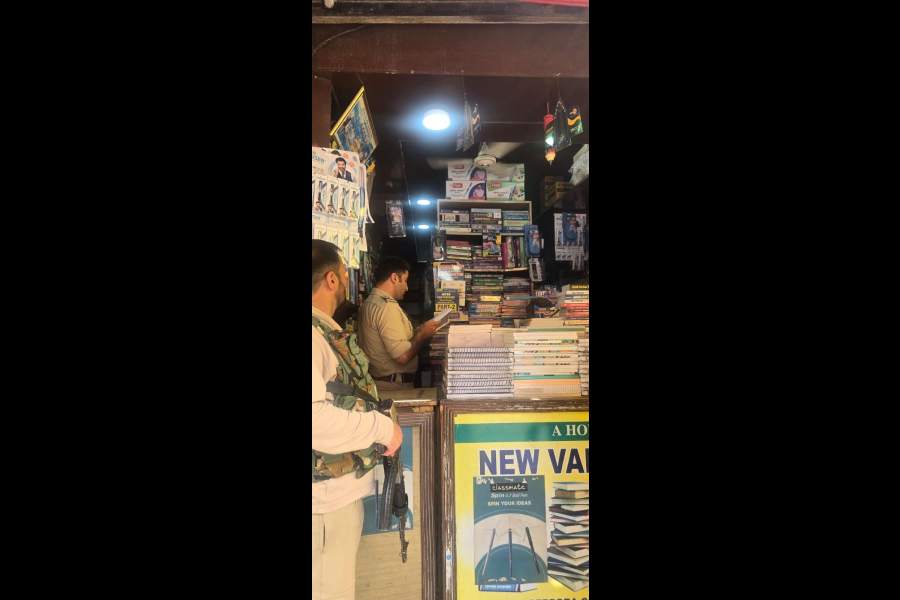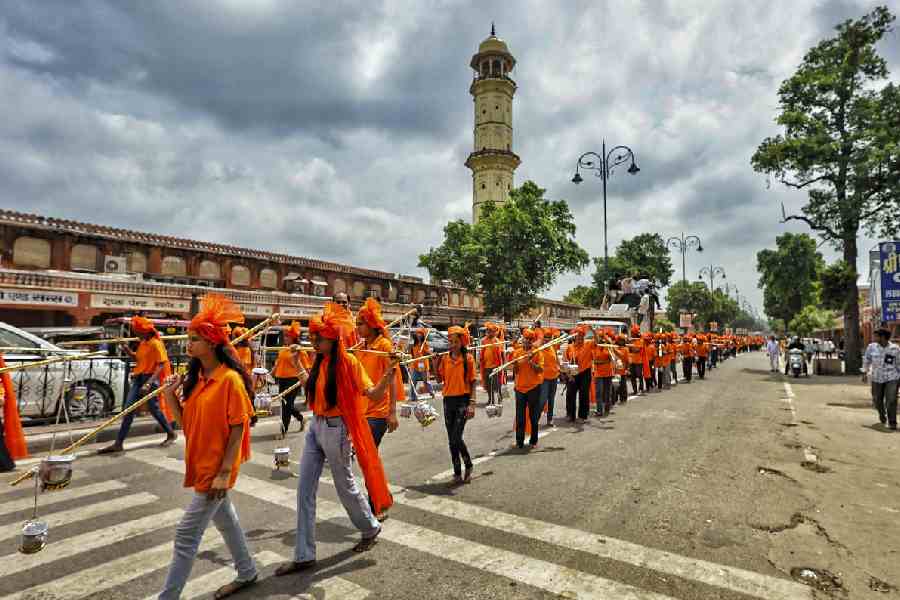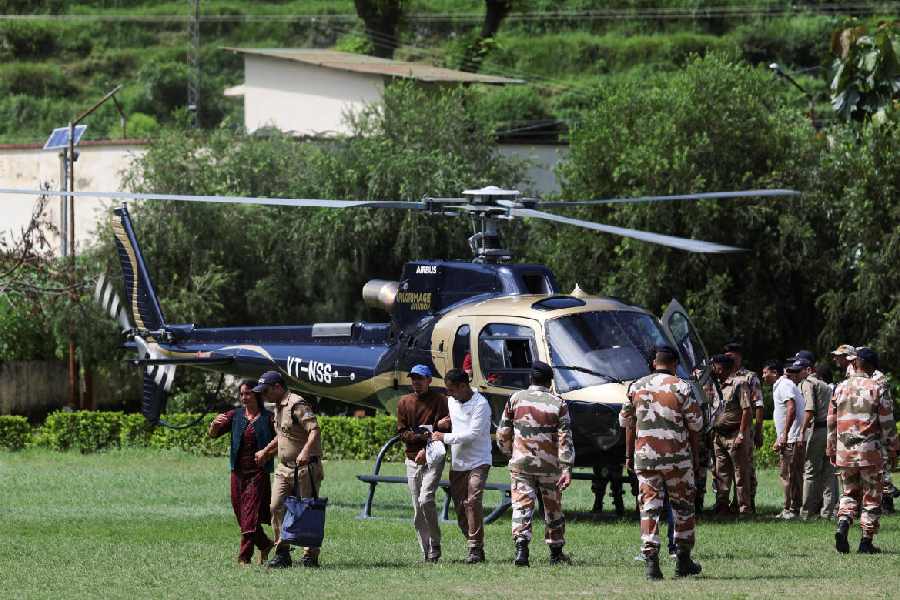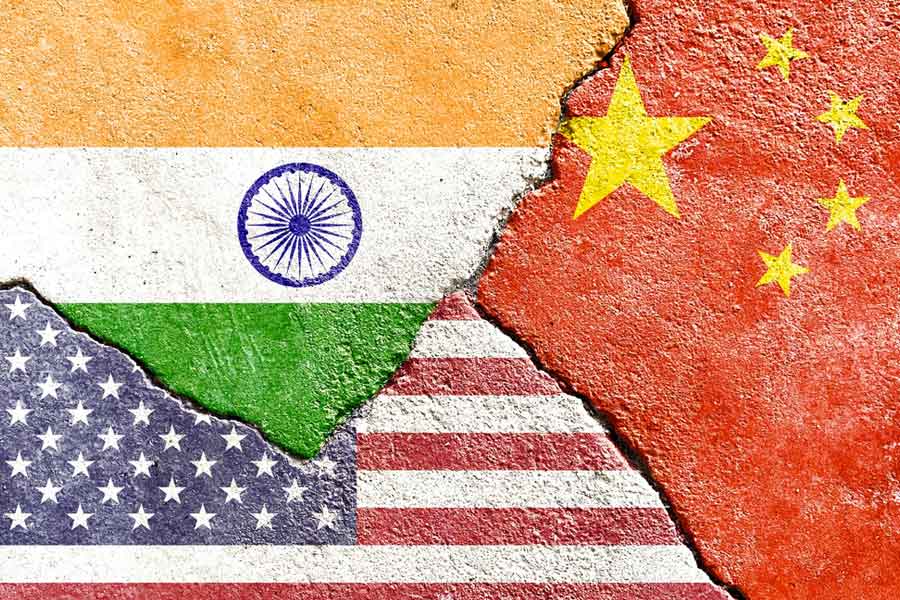

They act as saviours for the needy and the helpless of Chatterjeehat and surrounding areas. In case of emergencies in the dead of night, one can bank on the youths from Medicine Bank, they will be there to help out. But at regular hours, common people might just be refused service at the Medicine Bank. This is because they are there solely for the poorest of the poor, those below the Poverty Line.
The aim of Medicine Bank is social work and the social service organisation that turned 30 this year, was made only for those who cannot pay fees and consult a doctor at a hospital or chamber. Everything is free at Medicine Bank, starting from medicines to doctors’ consultation fees and even an ECG or getting an ambulance in time of need. Even those who need mobility assistance equipment like crutches or a walker after a major surgery, can get these from this centre. “We run this centre to provide medical facilities to the underprivileged. Our panel of doctors visit the centre on different days when patients can consult them free of cost,” said Subhajit Sharma, the joint secretary of Medicine Bank.
Medicine Bank started in 1985 when a group of local youths suddenly struck upon the idea of collecting leftover medicines from homes and distributing those among the poor. “It was an idea that came upon us when we were young. There was often surplus medicines at our homes which we could distribute among people. We collected several such samples from a neighbourhood and started a Medicine Bank. However, we had to also rope in doctors, without whose support it is not possible to run a medical facility,” said Sudipta Gupta, one of the founder members of Medicine Bank. In 1985, the centre started in a tin-shade with a broken chair and table. Local doctors like Sudhir Banerjee, Ashim Roy, Dr Manash Mukherjee and others supported the youths by sparing time for consultation once a week at the centre.
With time, a proper building became necessary. “Our stock of medicines would get wet or damaged in rain. We started collecting funds from local people and also got a lot of help from Shalimar Chemical Charitable Trust,” said Sharma. The new building came up in 2007 with two doctors’ chambers, medicine counter, an ECG room, and a shade for parking two ambulances. Two oxygen cylinders are also available at the centre, which are given out for free.
Seven visiting doctors come on different days to the centre. They are mostly doctors of general medicine, paediatrics and also a geriatrician. “From last year’s record, 1,186 patients had consulted doctors at our centre. In cases where specialised consultation is required, we often send patients to the respective doctors, where they are checked for free,” said Sharma.
Medicines are still collected from households, only that now, people donate surplus medicines at the counter. However, there are some expensive drugs that need to be bought from the market. “From the time the centre started operating, we had to buy antibiotics from the market, because these are expensive. At that time, we started organising an annual fund-raising walk on January 26 where we collect funds from local people. We also have a huge list of members who pay a monthly subscription of Rs 20. All these help in running the centre and buying expensive drugs from the market,” said Sharma.
As people praise the efforts of Medicine Bank, there are few who come forward to help actively. “We have an exhaustive member list, but only a handful actively work for Medicine Bank. Young doctors do not always respond to our request of coming to see patients free of cost,” said Sharma.
The members want to expand the centre further, like starting a multigym to promote fitness and physical exercise, provide pathological tests at discounted rates and other things. However, funds are a constraint. “We had once organised a thalassaemia detection camp at the centre. But it would be great if we could start a permanent detection centre here. To do so much, we need more funds. What we have is just enough to run the centre,” said Sharma.


